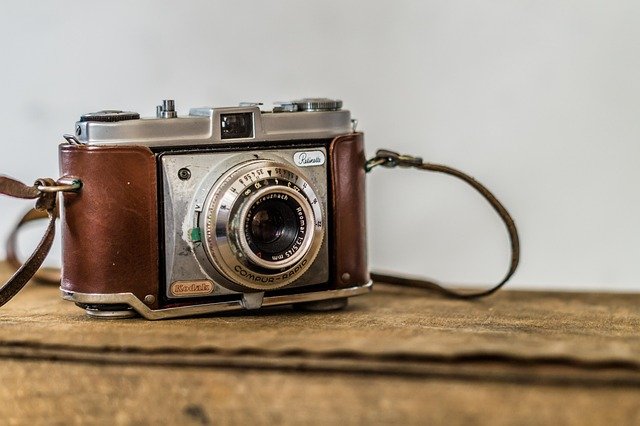Analog Resurgence in a Digital Age
The retro revival of analog technologies is reshaping modern social interactions and consumer habits. From vinyl records to film cameras, this nostalgic trend is more than mere sentimentality—it's a cultural shift reflecting deeper societal needs. As digital fatigue sets in, many are finding solace and authenticity in tangible, imperfect mediums. Read below to explore the sociological implications of this analog renaissance.

The Roots of Analog Nostalgia
The current analog revival can be traced back to the early 2010s when vinyl record sales began to climb after years of decline. This initial spark ignited a broader interest in analog technologies, expanding to include film cameras, typewriters, and even cassette tapes. Sociologists attribute this trend to several factors, including a desire for tangible experiences in an increasingly virtual world, the aesthetic appeal of vintage items, and a pushback against the perceived disposability of digital media.
Digital Fatigue and the Search for Authenticity
As our lives become increasingly dominated by screens and digital interfaces, many individuals are experiencing what experts term digital fatigue. This psychological phenomenon manifests as a sense of overwhelm, decreased attention span, and a longing for more meaningful, tactile experiences. Analog technologies offer a respite from the constant connectivity and information overload of the digital realm. The imperfections and limitations of analog mediums are now seen as features rather than bugs, providing a sense of authenticity and uniqueness in a world of perfect digital replicas.
The Social Dynamics of Analog Experiences
One of the most intriguing aspects of the analog resurgence is its impact on social interactions. Vinyl listening parties, film photography meetups, and typewriter poetry events have become popular, fostering face-to-face connections in an era of digital communication. These gatherings create shared experiences centered around physical objects, encouraging conversation and community building. Sociologists note that these analog-focused social events often lead to deeper, more meaningful interactions compared to their digital counterparts.
Generational Perspectives on the Analog Trend
Interestingly, the analog revival isn’t driven solely by nostalgia from older generations. Millennials and Gen Z, who grew up in the digital age, are among the most enthusiastic adopters of analog technologies. For these younger consumers, analog experiences offer novelty and a connection to a pre-digital past they never experienced firsthand. This cross-generational appeal has created unique opportunities for knowledge sharing and cultural exchange between age groups.
The Environmental Paradox of Analog Revival
While the analog resurgence offers many social and psychological benefits, it also presents an environmental paradox. The production and use of physical media and devices can have a higher environmental impact compared to their digital counterparts. However, the longevity and repairability of many analog technologies align with growing sustainability concerns. This tension has sparked discussions about responsible consumption and the need for eco-friendly innovations in analog product manufacturing.
Analog in Education and Skill Development
Educational institutions are also taking note of the analog trend, incorporating hands-on experiences with traditional technologies into their curricula. From darkroom photography classes to letterpress printing workshops, these analog skills are valued for their ability to foster creativity, patience, and problem-solving abilities. Educators argue that the tactile nature of analog processes helps students develop a deeper understanding of fundamental concepts and encourages a more thoughtful approach to creation and consumption.
The Future of Analog in a Digital World
As we look to the future, it’s clear that the analog revival is more than a passing fad. It represents a fundamental shift in how we engage with technology and each other. While digital advancements will continue to shape our world, the resurgence of analog experiences suggests a growing desire for balance. The challenge moving forward will be integrating the best aspects of both analog and digital realms to create richer, more fulfilling experiences.
The analog renaissance serves as a reminder that in our rush towards technological progress, we must not lose sight of the tangible, imperfect experiences that make us human. As society continues to navigate the complexities of the digital age, the enduring appeal of analog technologies offers valuable insights into our fundamental needs for connection, authenticity, and tactile engagement. This cultural shift prompts us to reconsider our relationship with technology and challenges us to create a future that harmoniously blends the analog and digital worlds.





